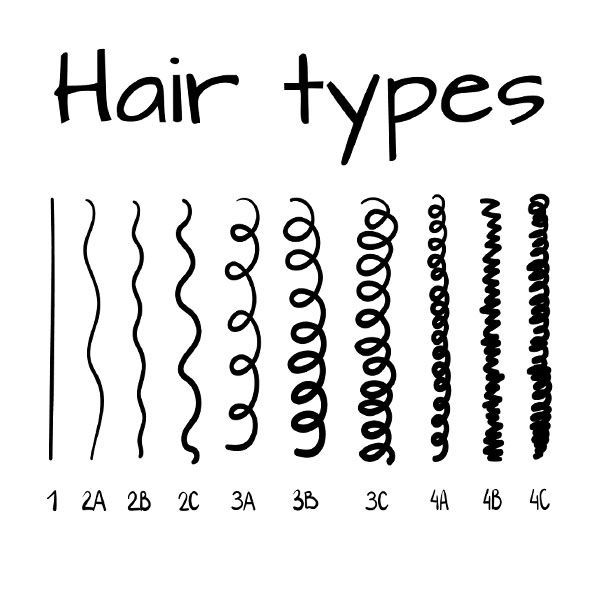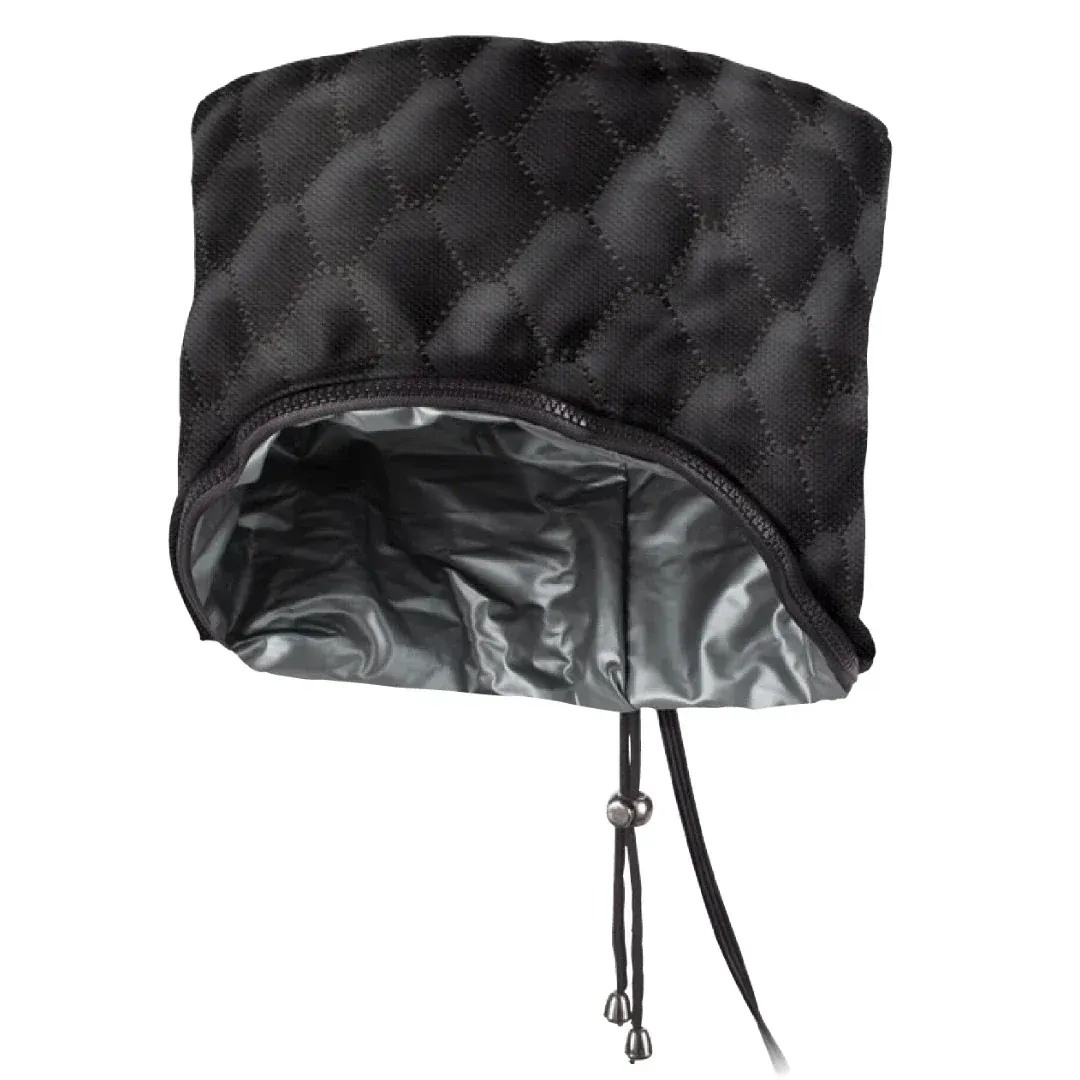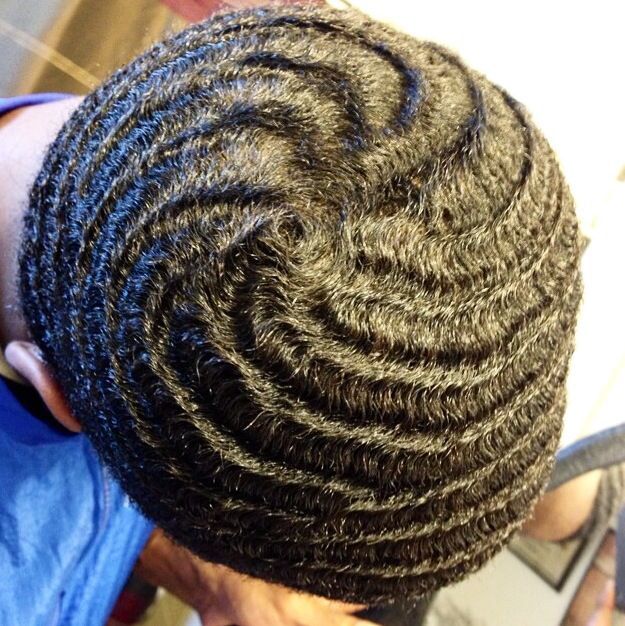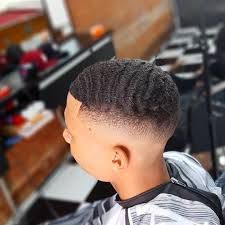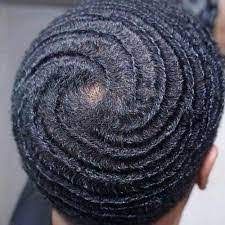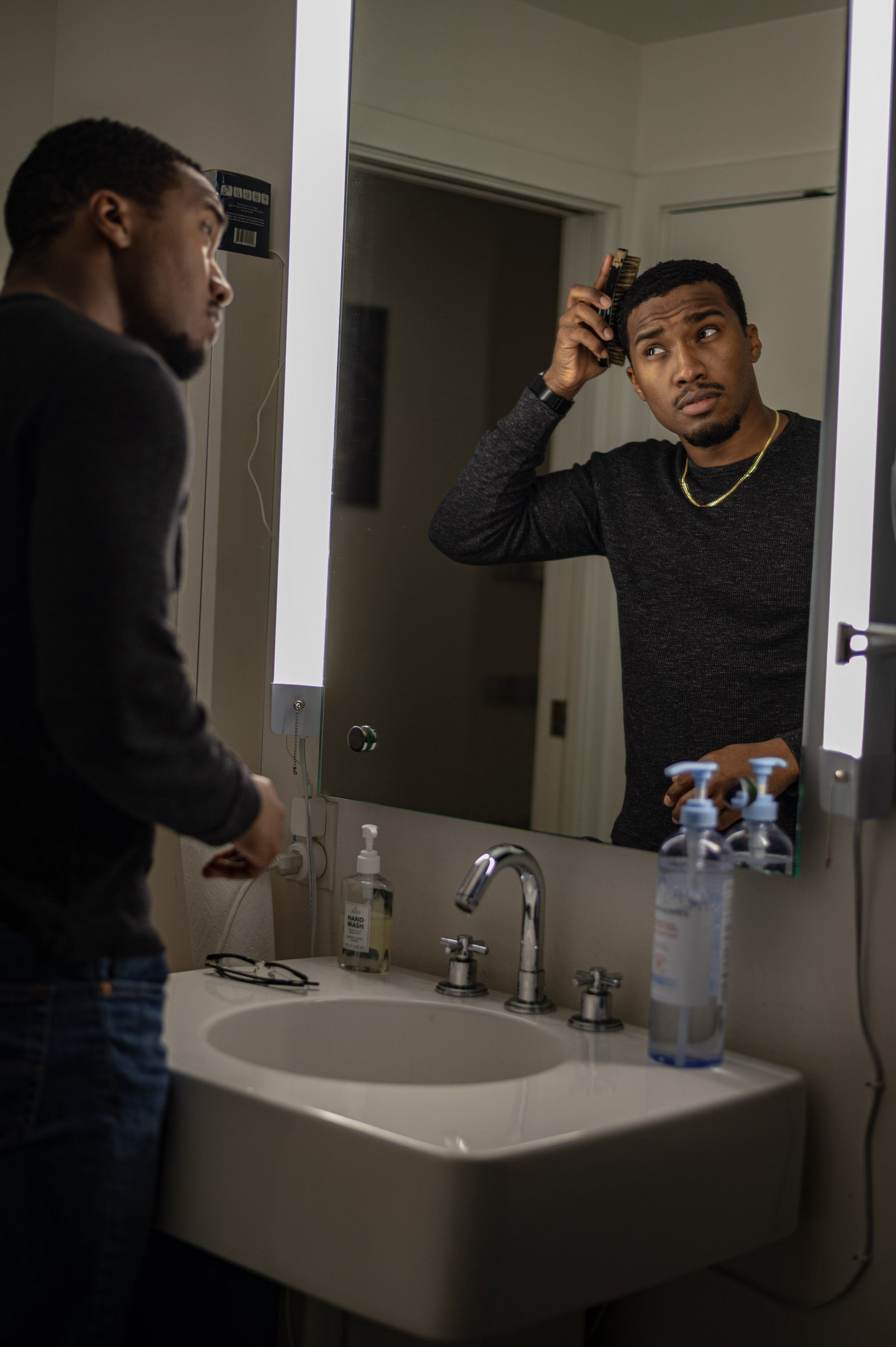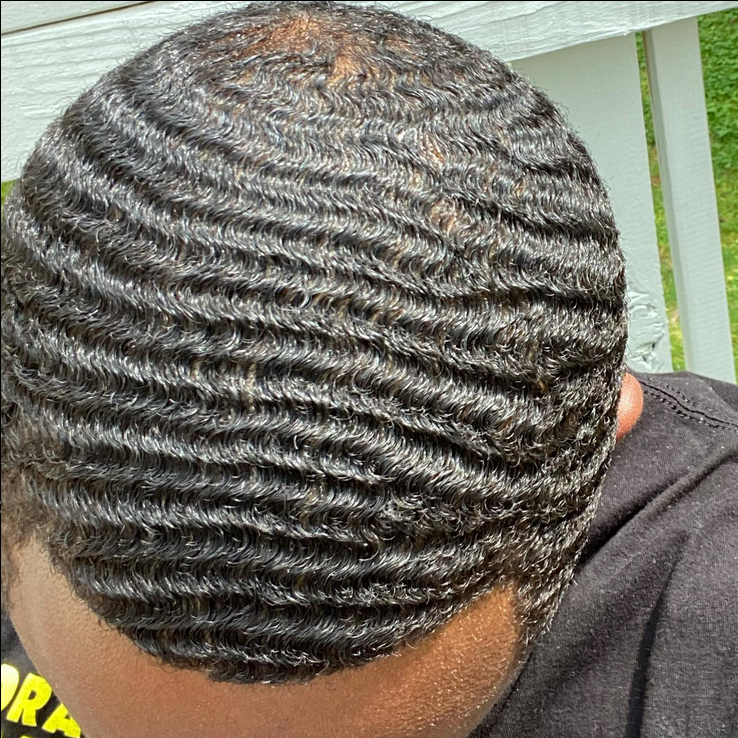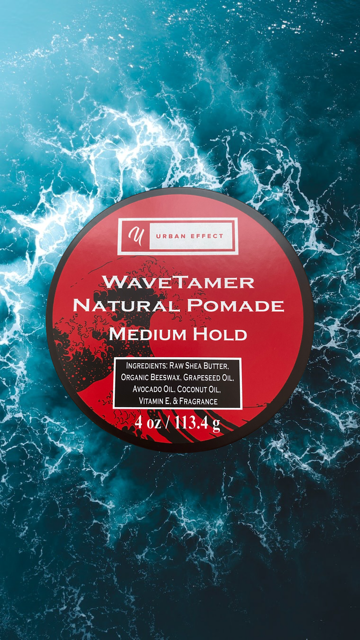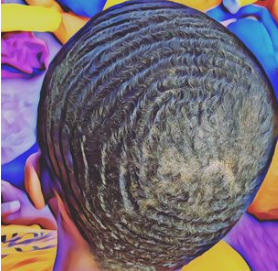Best Products for Low Porosity Hair
By: Phil Dixon
Best Products for Low Porosity Hair

For low porosity hair, it's important to use light oils and butters that can penetrate the hair shaft without causing buildup. Here are some of the best types:
Oils:
Argan Oil:
Lightweight and rich in essential fatty acids and vitamin E.
Helps to moisturize and add shine without leaving a heavy residue.
Grapeseed Oil:
Very light and easily absorbed by the hair.
Contains antioxidants and linoleic acid, which help to nourish and strengthen hair.
Jojoba Oil:
Mimics the natural oils produced by the scalp.
Penetrates the hair shaft easily,providing moisture and reducing frizz.
Sweet Almond Oil:
Lightweight and rich in vitamins A, B,and E.
Helps to smooth and soften hair without making it greasy.
Avocado Oil:
Slightly heavier but still penetrates well.
Contains vitamins A, D, and E, which are beneficial for hair health.
Butters:
Shea Butter (in small amounts):
Rich in vitamins and fatty acids.
Best used sparingly or in products where it's well-formulated to avoid buildup.
Mango Butter:
Lightweight and non-greasy.
High in vitamins A and E, helping to moisturize and protect hair.
Cupuacu Butter:
Lightweight and easily absorbed.
Has hydrophilic properties that allow it to retain moisture effectively.
Application Tips:
Use Sparingly: Since low porosity hair is prone to buildup, use oils and butters sparingly.
Warm the Oil: Warming the oil slightly can help it penetrate better.
Mix with Water-Based Products: Combining oils with water-based leave-in conditioners can enhance moisture absorption.
Avoid Heavy Oils: Stay away from heavy oils like coconut oil and castor oil, which can sit on the surface and cause buildup.
Wavers Digest
